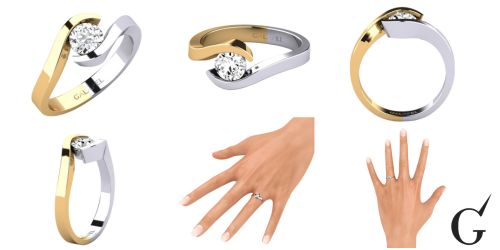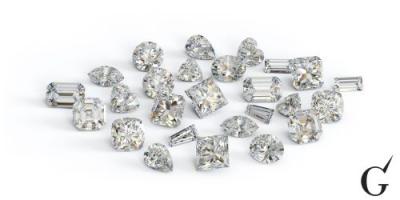White Sapphire Engagement Rings: A Crystal Clear Commitment
Contents
Chemical Aspects
White sapphire is the colorless form of the natural mineral known as corundum. With a chemical formula of Al₂O₃, this stone is colorless in its pure state. However, in nature, it often encounters traces of elements such as iron, titanium, chromium, copper, or other elements, leading to the various color shades of sapphires. With a Mohs hardness rating of 9, white sapphire is almost as hard as diamond, making it an ideal stone for rings as it is not easily scratched or damaged during everyday wear.
History
The history of white sapphire extends back to ancient times. Ancient civilizations believed that this stone had spiritual powers. Especially in India, it was thought that white sapphire was associated with prosperity, wisdom, and fertility. Additionally, it was believed that sapphire has protective effects against negative energies and that it would bring good fortune to the wearer.
Common Questions
-
White Sapphire vs. Diamond: A diamond is the crystalline form of carbon and is the hardest naturally occurring substance. White sapphire follows closely behind. While diamonds are typically known for their brilliance and refractive index, white sapphires stand out for their clarity and natural shine. White sapphire offers a similar appearance to diamonds but at a much more affordable price, making it a more economical alternative.
-
Care and Cleaning: Despite being a natural stone, white sapphire is highly durable. However, to maintain its shine, it should be cleaned regularly. It can be gently brushed with a soft brush and lukewarm soapy water.
In Conclusion
In conclusion, white sapphire rings continue to be a favorite among couples due to both their historical and aesthetic aspects. The clarity of this unique stone makes each ring truly special, further deepening the meaning behind each commitment.











